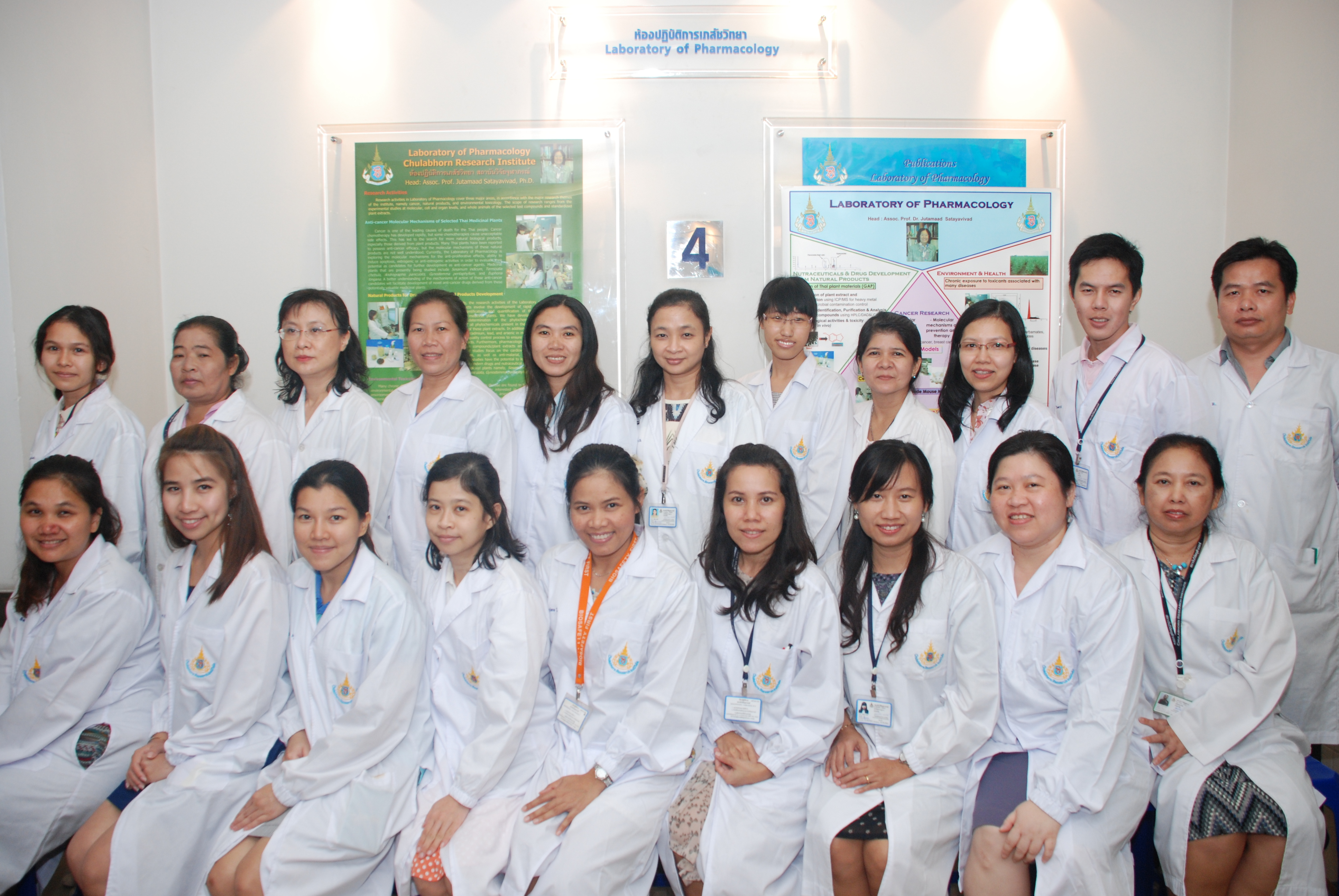Metal contamination in foods

Metals and their derivatives are extensively used in industry, agriculture, and public health. They also occur naturally. Metals such as mercury (Hg), cadmium (Cd), lead (Pb),manganese (Mn), and arsenic (As) are the main toxic metals released from mining, chemical industry, and coal burning for electricity production. Discharging these metals through wastewater and emission to the atmosphere has led to the contamination of the global environment. High contamination is now found in soil, sediments, and natural water reservoirs. If contaminated soil and water are used on agricultural land or animal farms, these toxic metals may enter the food chain and also herbal medicine and then get into animals and humans. Therefore, animals and humans who consume contaminated food will be at risk from the toxicity of these metals. Apart from human health concerns, the presence of non-essential and potentially toxic metals in agricultural products can have serious implications for international trade. These quality issues can effectively become non-tariff barriers to trade. Germany has set a limit for Cd in wheat grain of 0.12 mg/kg DW since 1986 and Australia and New Zealand set a limit of 0.05 mg/kg DW (1993), which was later increased to 0.1 mg/kg DW (1999). Therefore, the contamination of some toxic metals in foods, herbal drugs and spices should be a matter of concern and studied in detail to decrease or avoid the health problems of animals and humans.
At present, the Laboratory of Pharmacology is sampling different types of foods such as rice, vegetable, fruit, drinking water, meat, seaweed products, and soybean milk from the different markets around Bangkok, Thailand, to determine the concentrations of metals contaminated in these foods by using Inductively Coupled Plasma Mass Spectrometer (ICP/MS). Total arsenic-contaminated rice has been monitored by our laboratory for more than five years to assure its safety. We had successfully developed a method for As speciation in rice using HPLC/ICP/MS. Different types of foods contain different metals and at different levels. Some foods such as pig liver and kidney accumulate high levels of cadmium and arsenic and these foods should not be used to feed infant or young children frequently. The information from our study should raise concern among consumers and related regulatory agencies to minimize the intake of foods and drinking water contaminated with toxic elements.

